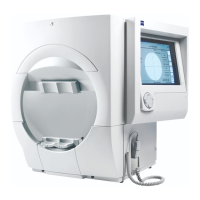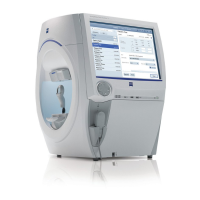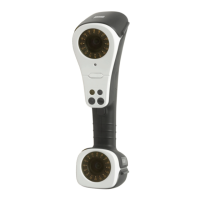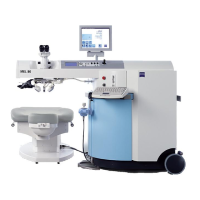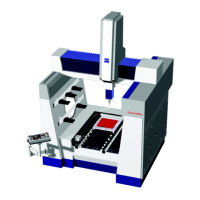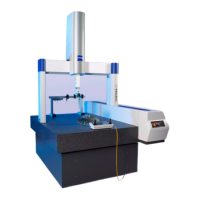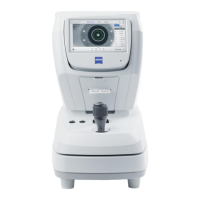Humphrey Field Analyzer II-
i
series User Manual 2660021145640 A
Database Management
11-23
5When the analysis is complete, a screen will appear indicating the
time it will take to merge the two databases. Press CONTINUE to
complete the merge procedure or press CANCEL to stop it.
When the merge is complete, and the database integrity is
ensured,
you will be returned to the File Functions screen.
Cleanup Hard Disk Database
This feature deletes patient records with no associated test data. This can occur when patient data is
entered, but the test is not saved. This can also happen w
hen patient data is entered early in the day
for convenience, but the patient does not take the visual field test. Pressing the CLEANUP HARD
DISK DATABASE button will remove all the “unassociated” data from the database.
In addition to removing extra patient data, this feature
also acts as a hard disk utility by
reorganizing internal files and storage, thereby freeing up hard disk space. Some rearrangement of
the data structure will take place which can improve database access.
Note: Depending on the size of your HFA database, the database cleanup oper
ation can be time
consuming. For offices or clinics that have many thousands of patients and tests stored in their
databases, we recommend that you start this operation after normal office hours and allow it to run
overnight.
CAUTION: Some offices enter patient data (and trial lens information) but do not save
all test results. The next time the patient is tested, the patient data is still available via
the RECALL PATIENT DATA feature. Using the CLEANUP HARD DISK DATABASE
feature will remove this type of patient data information (not linked to actual test
results).
Practices with Multiple Field Analyzers
Some offices have more than one HFA II-
i
to serve their patients. Some practices have more than
one office. It often is convenient to keep the same patient test data on every instrument. This
process is called data synchronization. By using data synchronization, returning patients may be
tested on any of the practice’s HFA II-
i
’s and each instrument will have a complete record of
previous tests. This is especially important when you desire an Overview or Guided Progression
Analysis printout which displays multiple visual field results. Having all patient data on all
instruments also ensures that test results are safeguarded against accidental erasure or database
problems with a different instrument.
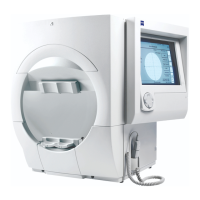
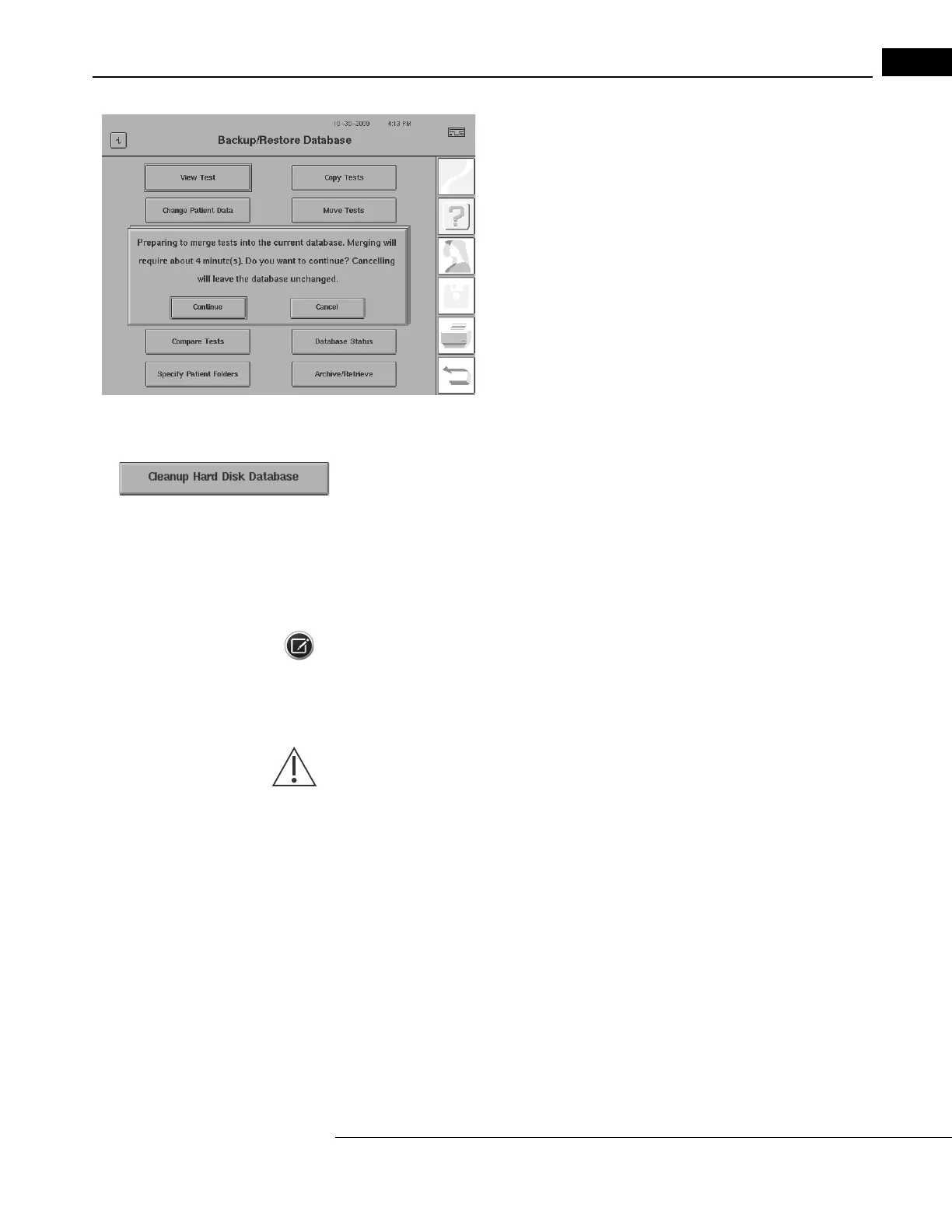